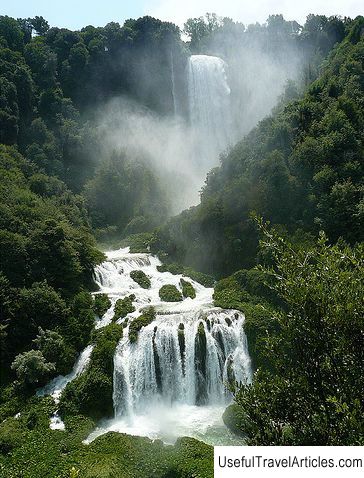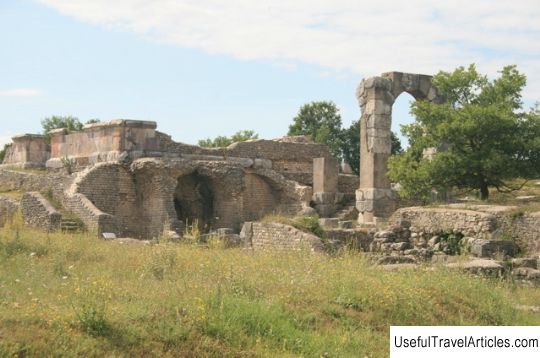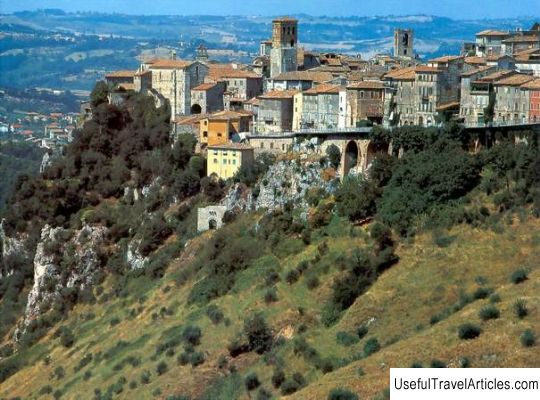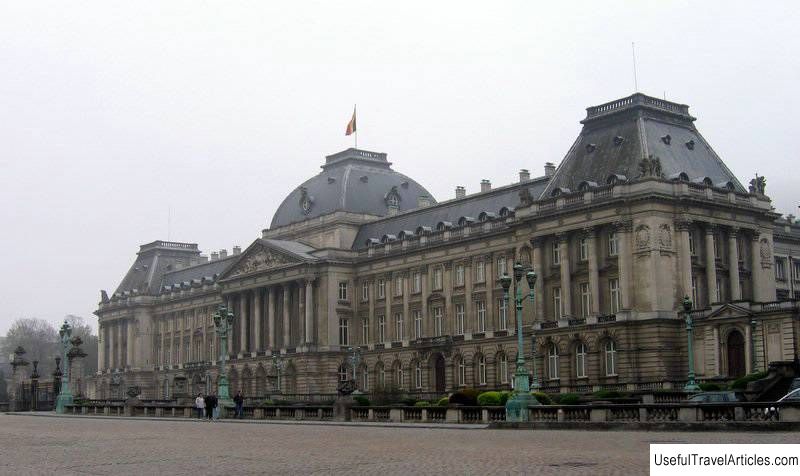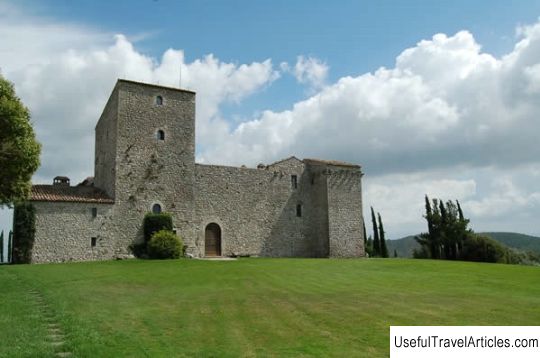Terni description and photos - Italy: Umbria
Rating: 8,4/10 (2950 votes) 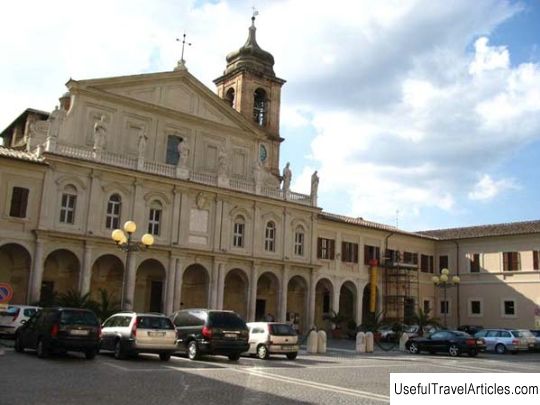
Terni description and photos - Italy: Umbria. Detailed information about the attraction. Description, photographs and a map showing the nearest significant objects. Title in English - Terni. Photo and descriptionTerni is a city located in the south of Umbria on the plain of the Nera River, the administrative capital of the province of the same name. It is 104 km from Rome and 29 km from Spoleto. Terni was founded around the 7th century BC. by the Umbrian tribes on the territory, which, according to the testimony of archaeologists, has been inhabited since the Bronze Age. In the 3rd century BC. the city was captured by the Romans and became an important settlement, as it lay on one of the main roads of the Apennine Peninsula - Via Flaminia. The Romans called him Interamna, which means "between two rivers." It was then, in the era of Ancient Rome, that aqueducts, fortress walls, amphitheaters, temples and bridges were built here, which significantly adorned the city and contributed to its prosperity. In the 8th century, after the conquest of the Lombards, Terni lost its significance and became an ordinary provincial town in the Duchy of Spoleto. In 1174 it was plundered by order of the emperor Frederick Barbarossa, but in the next century Terni became one of those places where Saint Francis of Assisi loved to preach. In the 14th century, the city became an independent commune, and its defensive walls were fortified. Like most other Italian communes at the end of the Middle Ages, Terni constantly suffered from endless strife between the parties of the Guelphs and the Ghibellines. Later it became part of the Papal States, and in 1580 the city began to engage in artistic casting from iron ore, which was mined in the vicinity of Monteleone di Spoleto - this was the beginning of the unique specialization of Terni. In the 19th century, Terni was able to use all the advantages which was given to him by the accomplished industrial revolution and abundant water resources: steel factories, foundries, workshops for processing jute and wool, as well as weapons factories were opened. In 1927 the city became the provincial capital. True, the presence of important industrial enterprises made it one of the main targets for the bombing of the Allies during the Second World War - a total of 108 air raids were made on Terni. But, despite this, the city quickly recovered and by the end of the 20th century received the nickname “Italian Manchester”. Among the main attractions of Terni, which today attract tourists, are the ancient ruins - the Roman amphitheater, built in 32 BC. and once accommodating up to 10 thousand people, and the small Roman gate of Porta Sant'Angelo, which was one of the four city gates in ancient times. One of the few surviving medieval buildings is the Palazzo Mazzancolli. Another palace - Palazzo Gazzoli - erected in the 18th century, today houses the City Gallery with works by Pierafrancesco d'Amelia, Benozzo Gozzoli, Girolamo Troppa and Orneore Metelli. And the municipality of Terni occupies the building of the Palazzo Spada, built in the 16th century by the architect Antonio da Sangallo Jr. Of the religious buildings, the baroque Cathedral of Santa Maria Assunta, built in the 17th century on the site of one of the most ancient Christian buildings in Terni, deserves attention. Its facade has two medieval doors, on one of which you can see the outline of a wooden shoe, by which the shoes of the city's inhabitants were once measured, so that it does not exceed the designated boundaries of decency. Other interesting churches are San Francesco, Sant'Alo, San Martino, San Salvatore and the Basilica of San Valentino. In the vicinity of Terni, at the confluence of the Velino River with the Nera River, there is an artificially created Cascata delle Marmore waterfall, 165 meters high, one of the highest in the world.        We also recommend reading Chateau Saint-Maire description and photos - Switzerland: Lausanne Topic: Terni description and photos - Italy: Umbria. |
